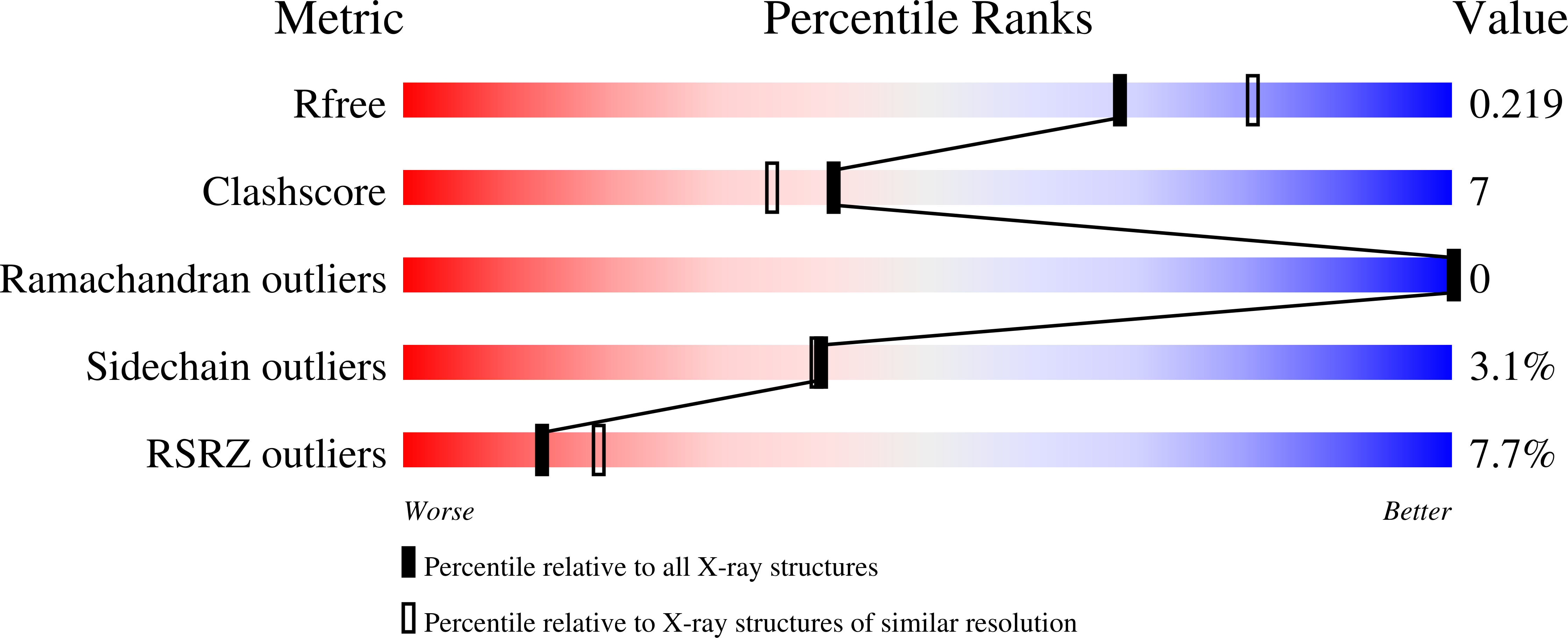
Deposition Date
2022-09-30
Release Date
2023-04-26
Last Version Date
2024-05-01
Entry Detail
PDB ID:
8H17
Keywords:
Title:
Crystal structure of the Globin domain of Thermosynechococcus elongatus BP-1
Biological Source:
Source Organism:
Thermosynechococcus vestitus BP-1 (Taxon ID: 197221)
Host Organism:
Method Details:
Experimental Method:
Resolution:
2.15 Å
R-Value Free:
0.22
R-Value Work:
0.17
R-Value Observed:
0.17
Space Group:
P 43 21 2


